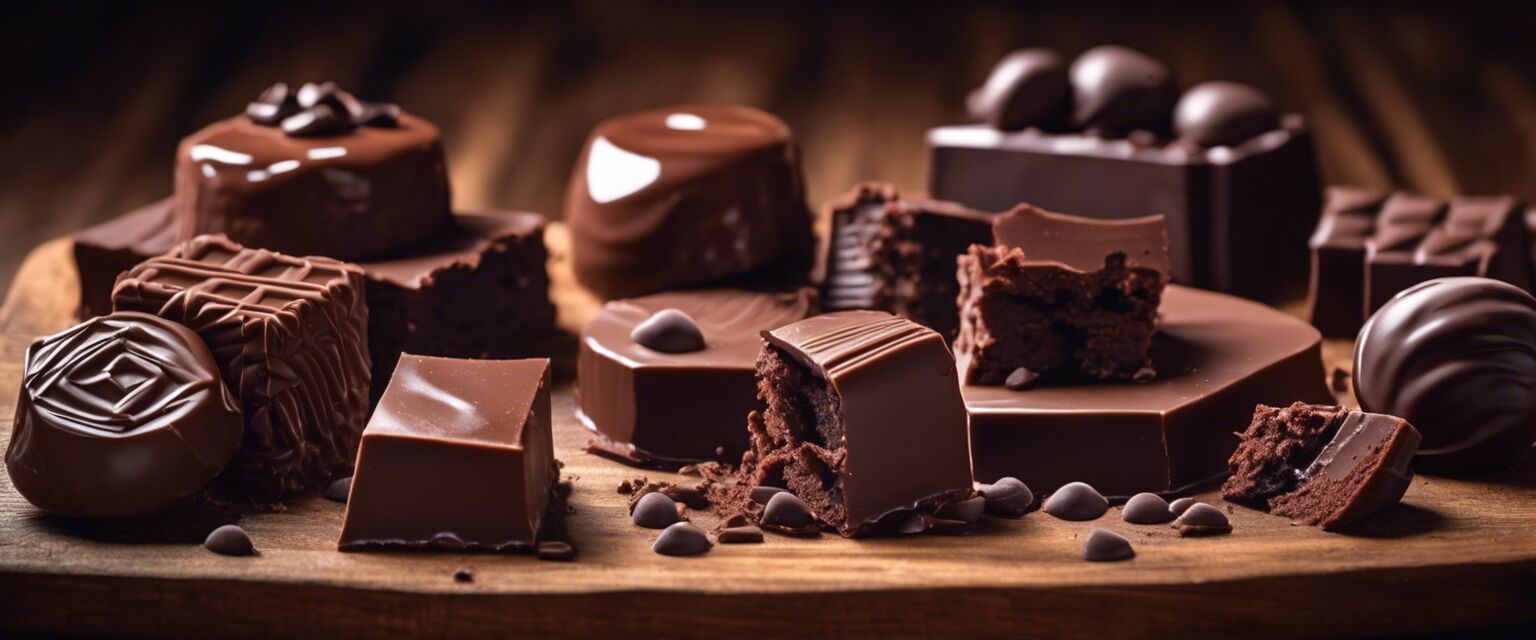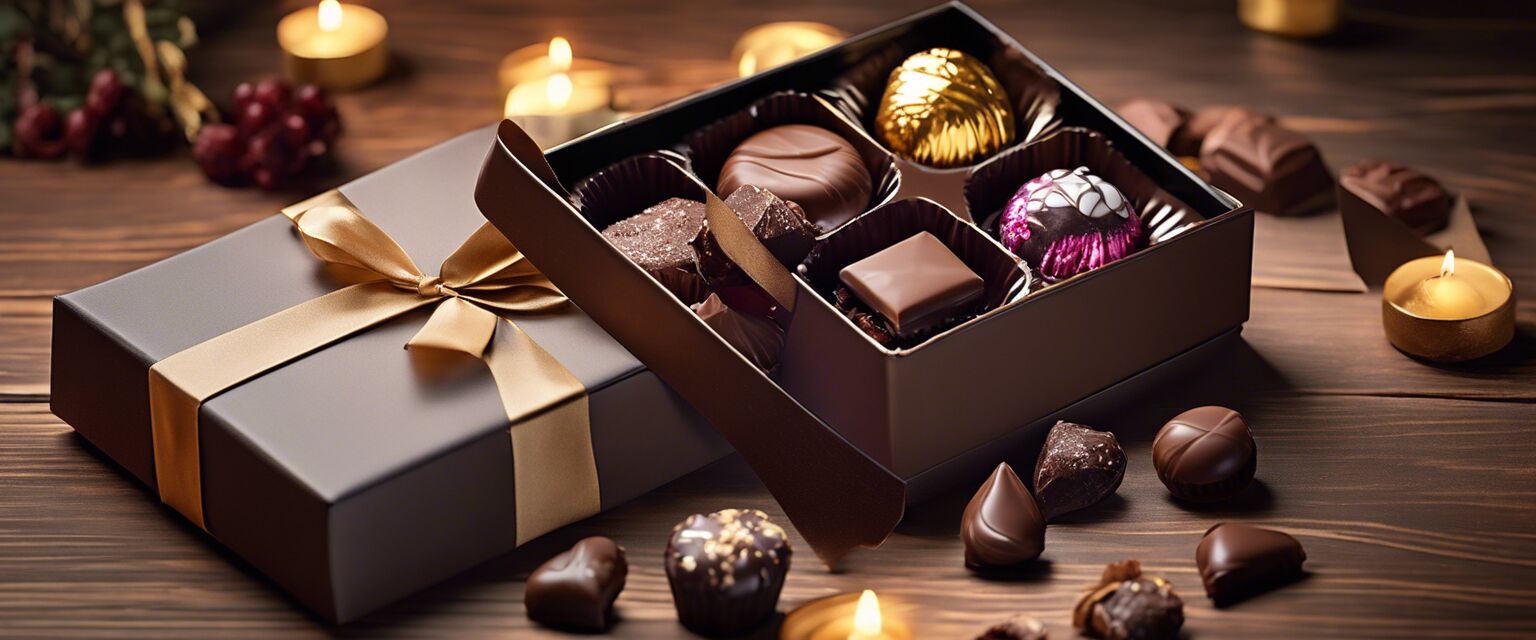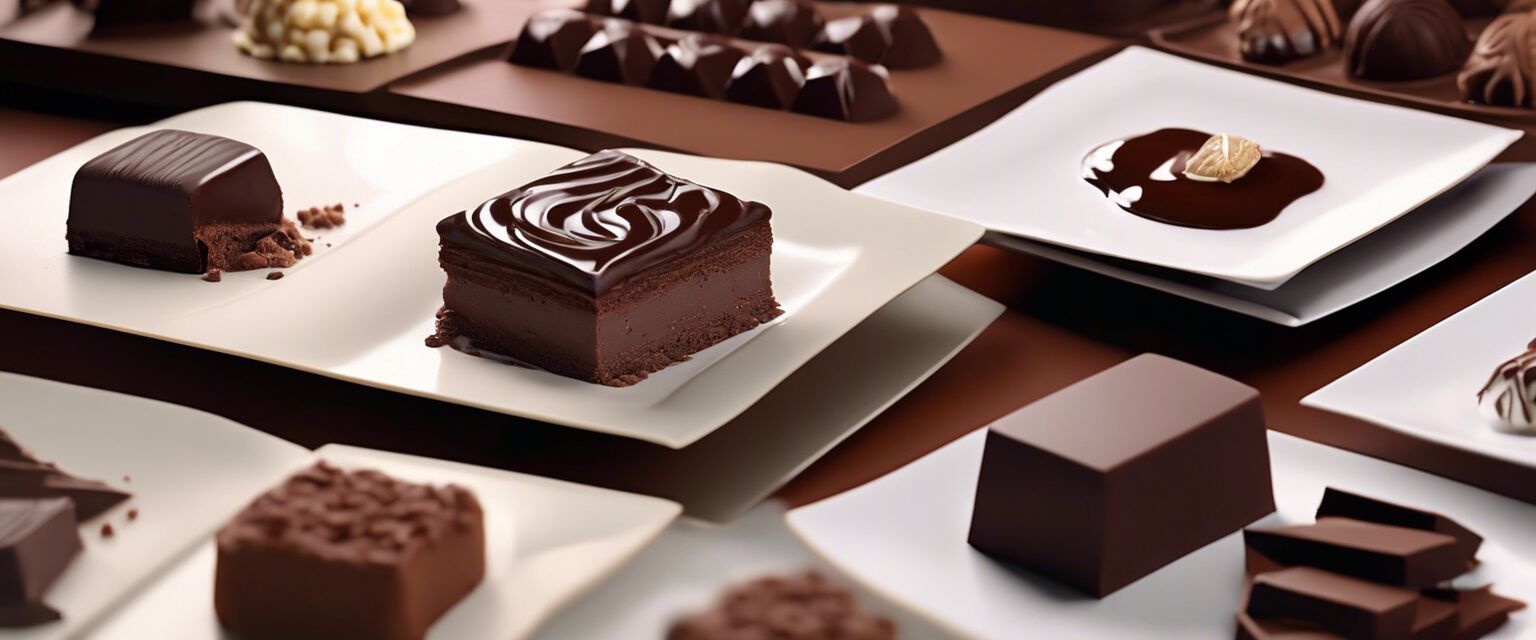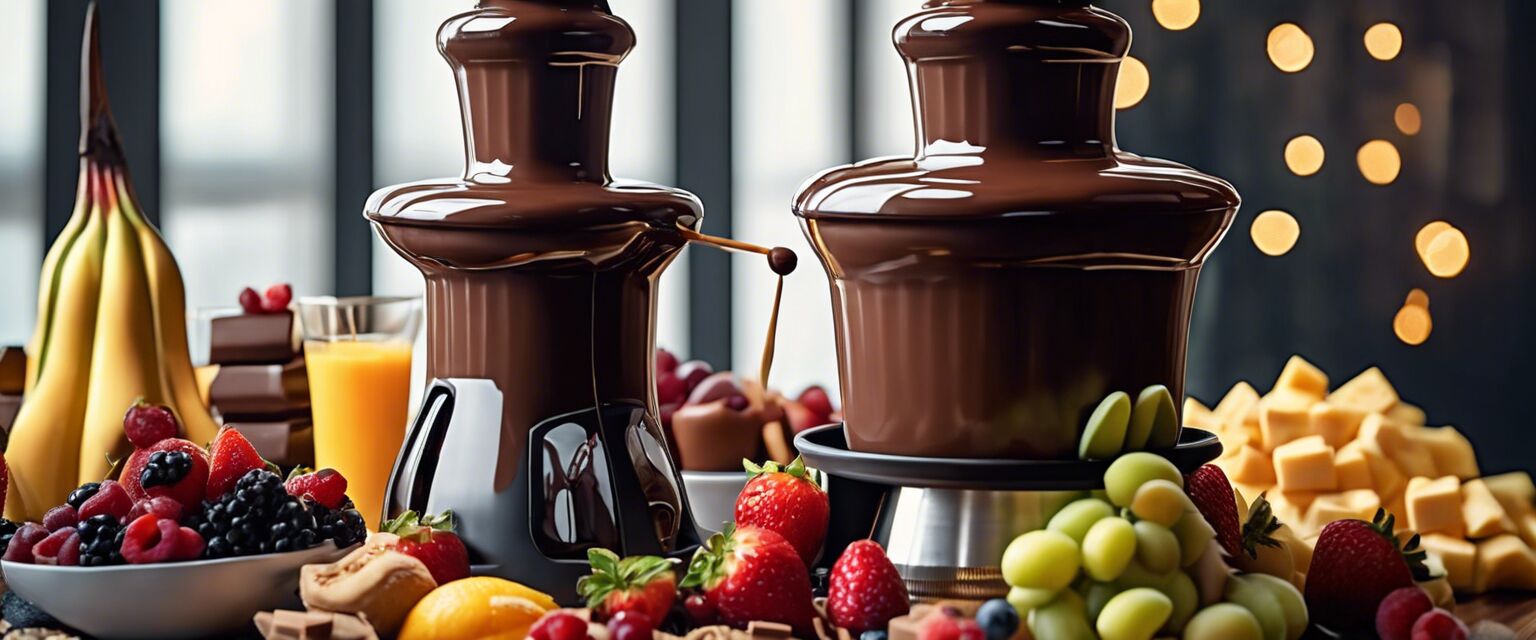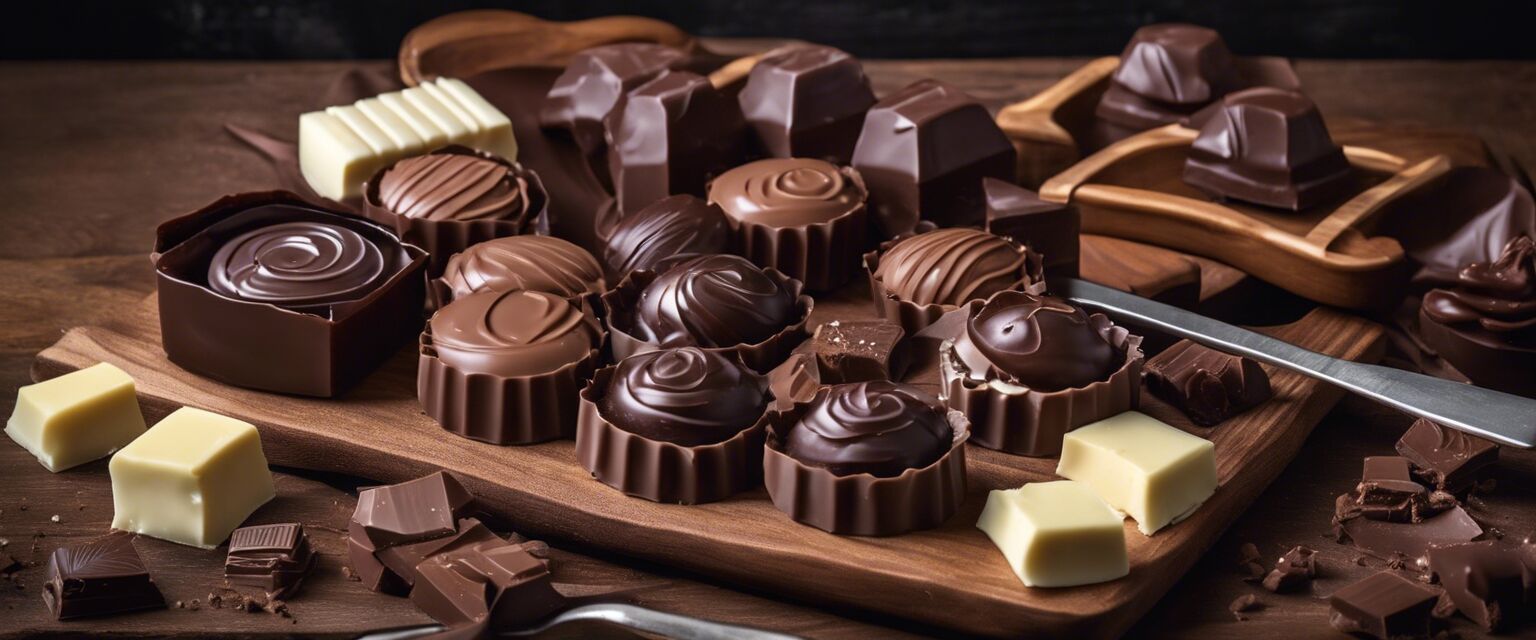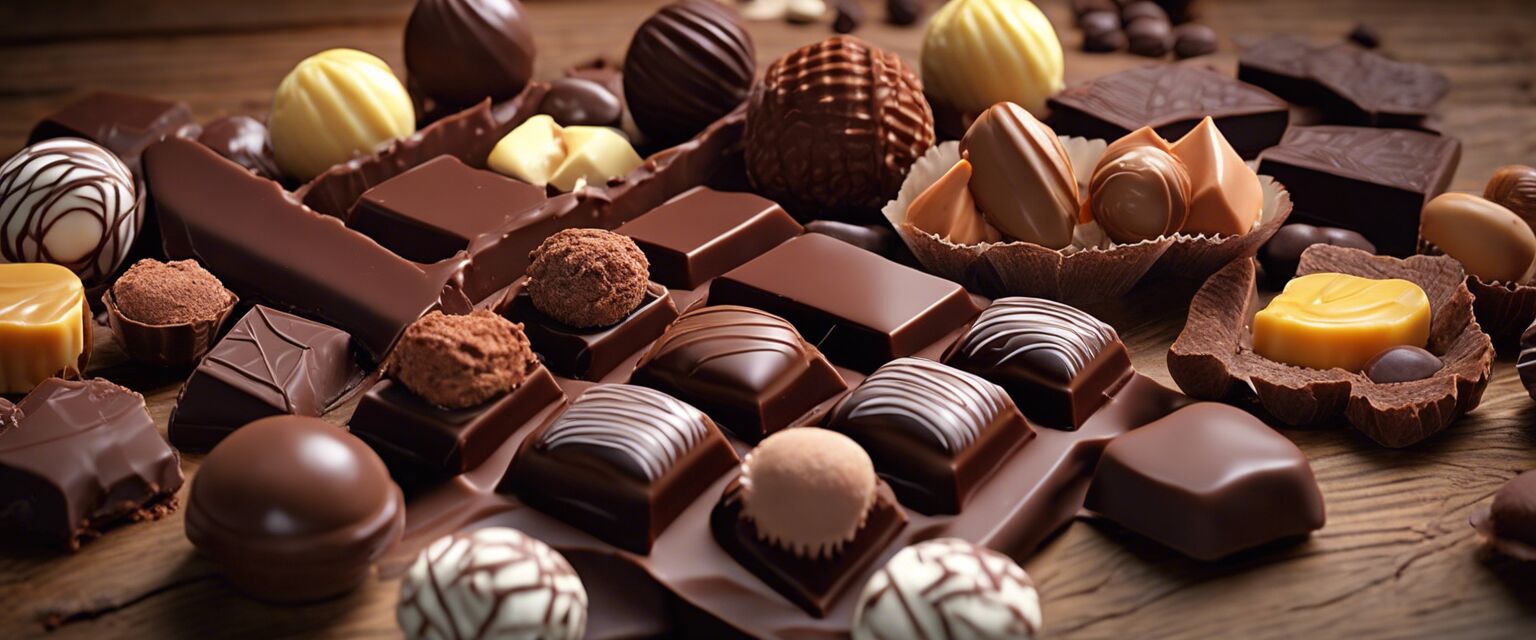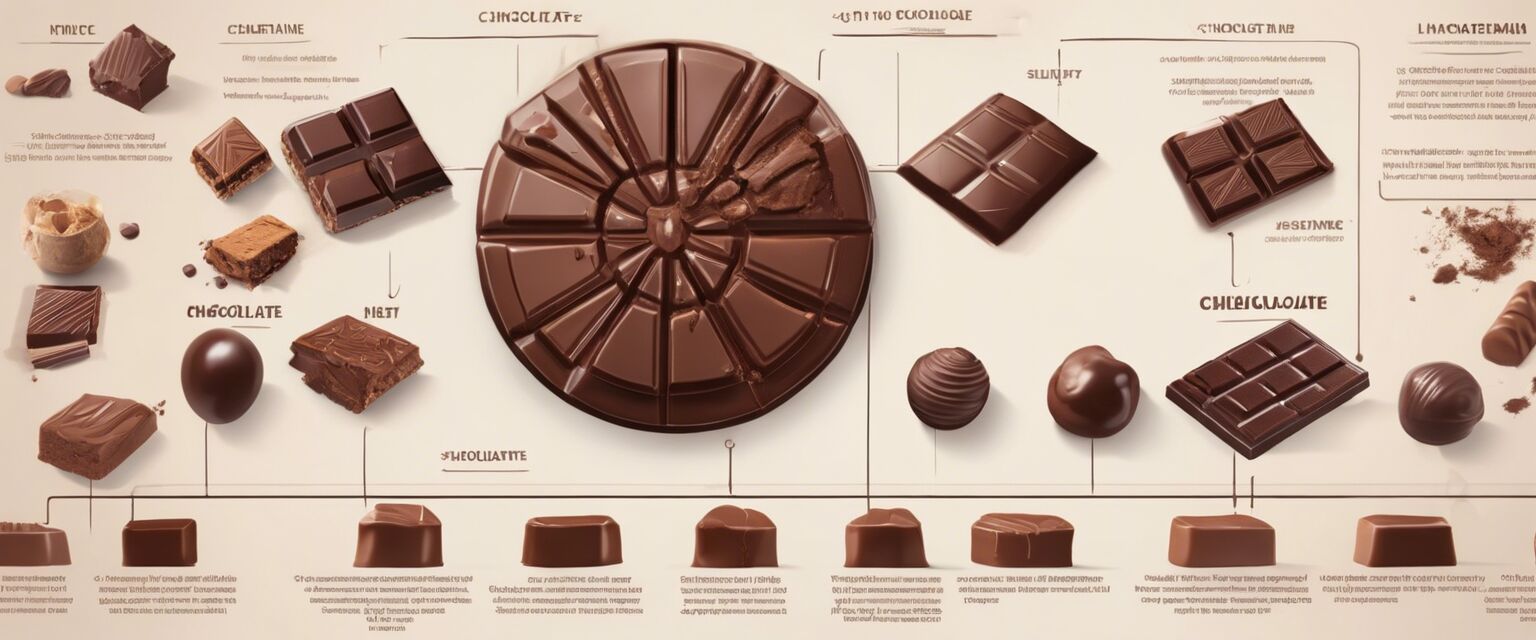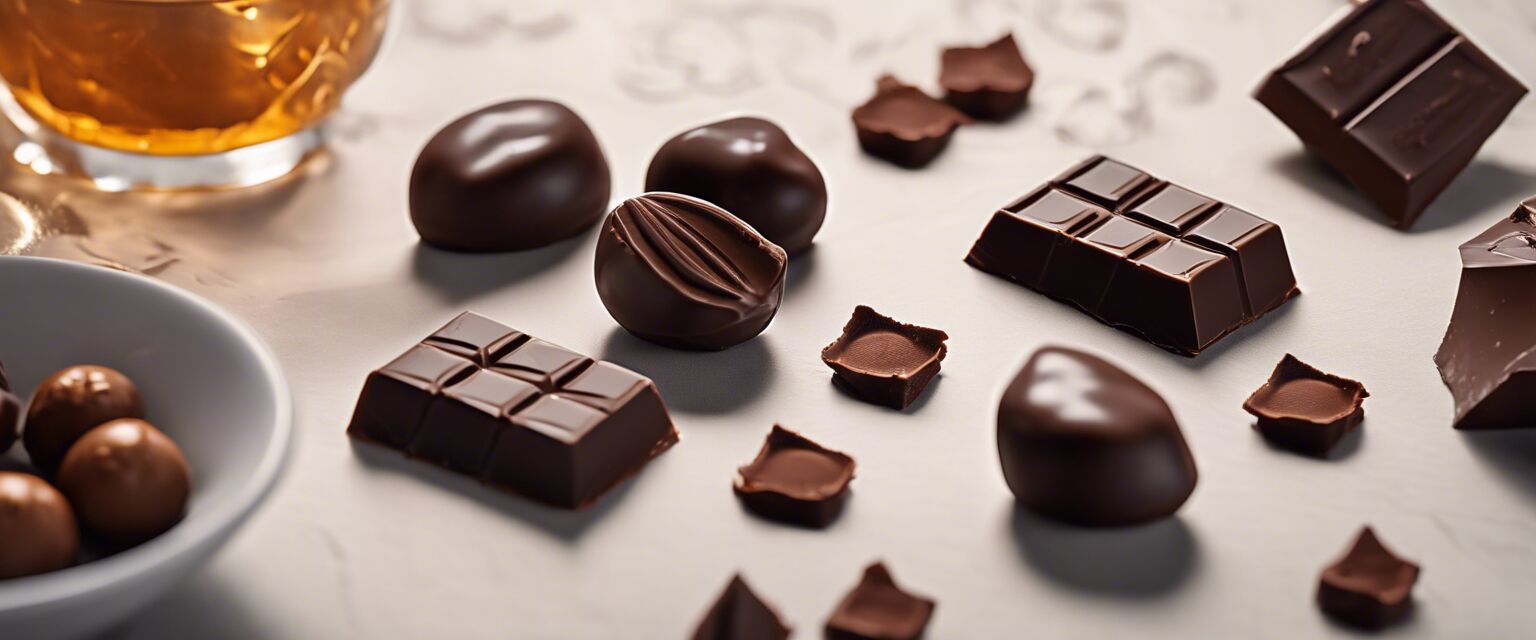
Chocolate Tasting
Key Takeaways
- Chocolate tasting is an art that involves observing, smelling, and tasting.
- Different chocolates have unique flavor profiles influenced by their ingredients and origins.
- Proper setup and presentation can enhance the tasting experience.
- It's essential to cleanse your palate between tastings.
- Pairing chocolates with drinks can elevate the experience.
Chocolate tasting is not just about enjoying one of the world's most beloved treats; itâs an experience that engages all the senses. Whether you're hosting a gathering or simply indulging at home, knowing how to conduct a chocolate tasting can make the moment even more special. In this guide, we'll explore tips and tricks to help you taste like a pro.
Setting Up Your Tasting
Before diving into the delicious world of chocolate, it's important to set the stage for your tasting. Here are some essential elements to consider:
- Choose Your Chocolates: Select a variety of chocolates, including dark, milk, and white chocolates.
- Gather Tasting Tools: Youâll need small plates, napkins, and tasting notes for each type of chocolate.
- Prepare Your Space: Create a comfortable environment with good lighting and minimal distractions.
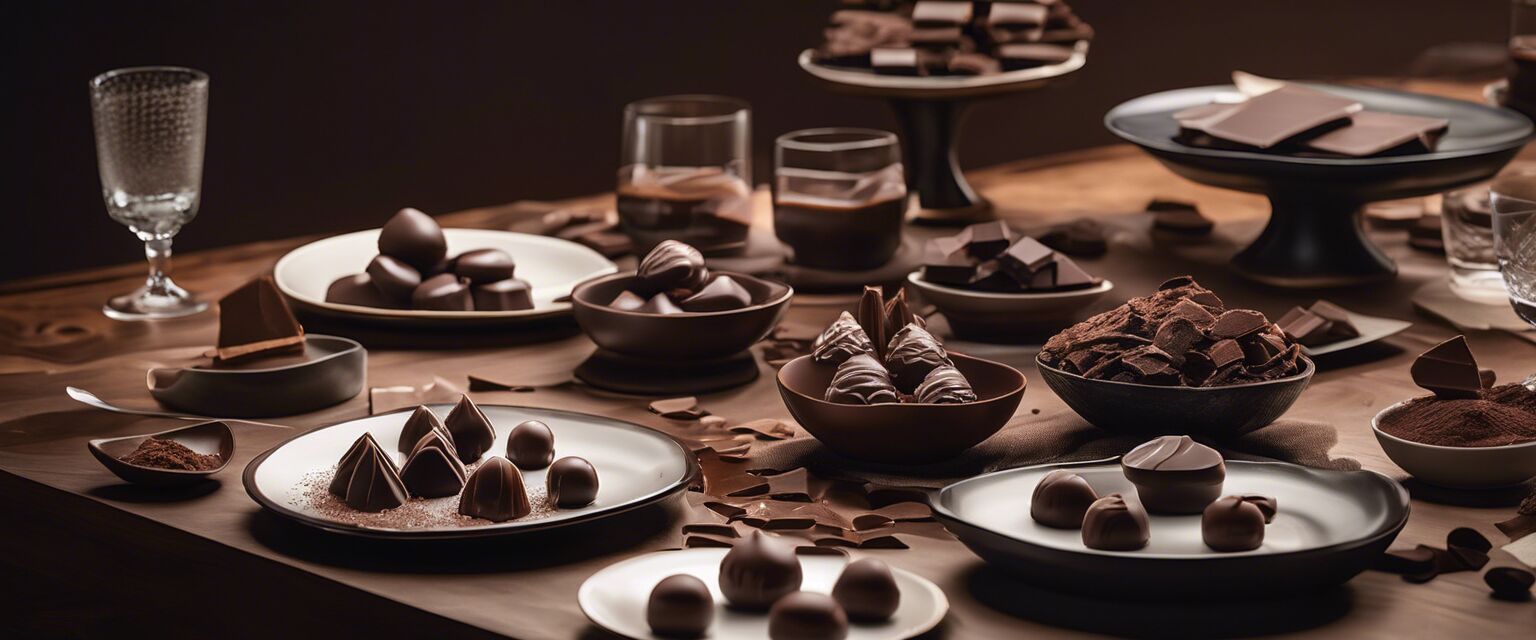
Conducting the Tasting
Now that your setup is ready, itâs time to dive into the tasting process. Follow these steps to ensure a memorable experience:
1. Observe
Start by examining the chocolates. Note their color, shine, and texture. This observation helps prepare your palate for the tasting.
2. Smell
Before tasting, take a moment to smell the chocolate. Inhale deeply to pick up the various aromas, which can indicate flavor notes.
3. Taste
Break off a small piece and let it melt in your mouth. Pay attention to the flavors that emerge as it melts. Consider the following:
| Flavor Note | Description |
|---|---|
| Fruity | Notes reminiscent of berries, citrus, or other fruits. |
| Nutty | Hints of nuts, such as almond or hazelnut. |
| Spicy | Unexpected warmth from spices like cinnamon or chili. |
| Floral | Light, delicate notes similar to flowers or herbs. |
4. Cleanse Your Palate
After tasting each chocolate, cleanse your palate with a neutral food or drink such as water or plain crackers.
Tips for Beginners
- Start with lighter chocolates before moving on to darker ones.
- Take notes on your impressions to compare later.
- Experiment with pairings, like chocolate and wine or cheese.
- Invite a few friends to share the experience and gather different opinions.
Pairing Chocolate with Drinks
To elevate your chocolate tasting experience, consider pairing your chocolates with beverages. Here are some popular pairings:
| Chocolate Type | Recommended Pairing |
|---|---|
| Dark Chocolate | Red Wine |
| Milk Chocolate | Sweet White Wine |
| White Chocolate | Champagne |
| Flavored Chocolate | Herbal Tea |
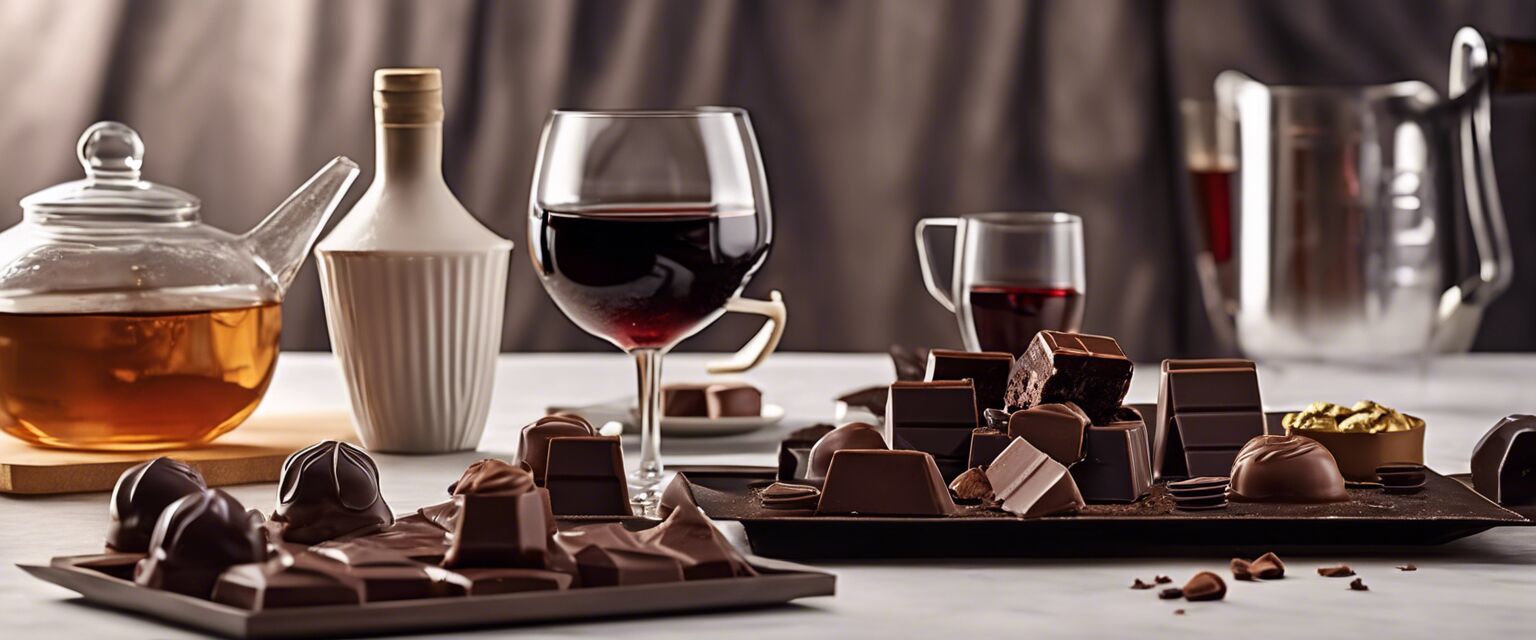
Hosting a Chocolate Tasting Party
Hosting a chocolate tasting party can be a delightful way to share your love for chocolate with friends and family. Here are some steps to help you organize a successful event:
- Send out invitations that include the theme and details of the tasting.
- Prepare a selection of chocolates and drinks based on your preferences.
- Set up a tasting area with all necessary tools and notes.
- Guide your guests through the observation, smelling, and tasting processes.
- Encourage discussion about the flavors and notes perceived by each guest.
Conclusion
Chocolate tasting is a fantastic way to explore different flavors and deepen your appreciation for this delectable treat. Whether youâre doing it solo or hosting a party, following these tips will help you savor every moment. Remember, the most important part is to enjoy the experience!
Pros
- Enhances your appreciation for different types of chocolate.
- Can be a fun and social activity.
- Encourages mindfulness and sensory engagement.
Cons
- May require a variety of chocolates, which can be costly.
- Can be overwhelming with too many options for beginners.
- Requires preparation and setup time.
Explore More About Chocolate
For more information on chocolate-related topics, check out our other guides:

